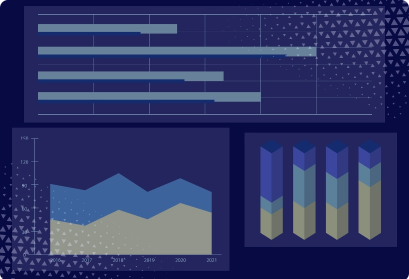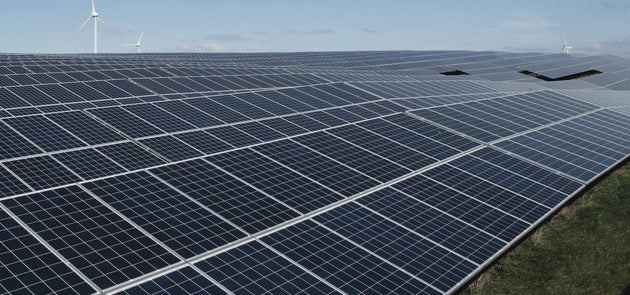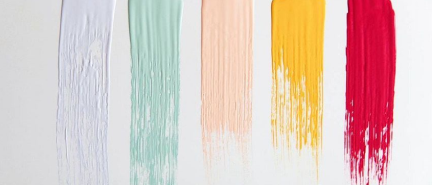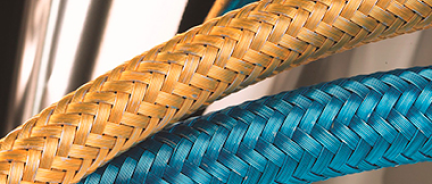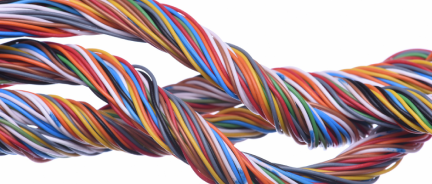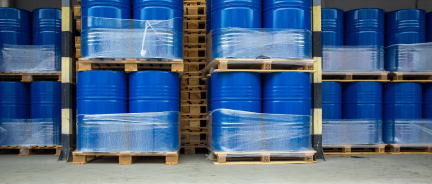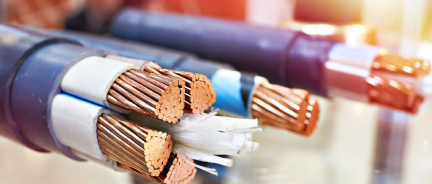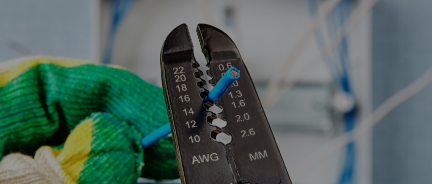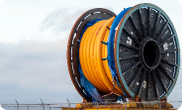Key UL Standards for Wire and Cable
UL (Underwriters Laboratories) is a globally recognized, independent safety science organization headquartered in the United States. It develops standards and testing procedures for products across industries (including electrical wire and cable).
When a cable is UL-listed, it means it has undergone comprehensive laboratory testing to verify it meets the specific UL standard for its category. These standards define how the cable should be constructed, the environments in which it can be used, and the performance criteria it must meet (flame resistance, temperature rating, and mechanical durability).
Each UL standard targets a specific cable type or use case (e.g., NM-B for indoor residential use, PV wire for solar, MC cable for armoured installations). A UL mark on a cable guarantees third-party validation that the product is safe for use in its intended environment and meets National Electrical Code (NEC) requirements.
UL compliance becomes mandatory through the National Electric Code. The NEC requires many wire and cable types to be listed by a Nationally Recognised Testing Laboratory (NRTL), such as UL. Compliance is confirmed through UL’s third-party testing and factory inspections, and enforced by local electrical inspectors (Authorities Having Jurisdiction, or AHJs).
In this article, we walk through every relevant UL Standard for wires and cables, outlining what each entails.

UL 44 Thermoset-Insulated Wires
UL 44 covers thermoset-insulated building wires.
Covers: XHHW, XHHW-2, RHW, RHW-2, USE, USE-2
Applications: Power distribution, feeder circuits, wet/dry locations, conduit, direct burial
Cables Must Pass:
-
VW-1 Flame Test: 5 cycles of flame application. Cable must not propagate fire or drip flaming particles.
-
Dielectric Withstand Test: Insulation must hold up against high voltage without breakdown. Has to withstand 2,000 volts AC (rms) for 1 minute for 600V cables, and more for cables ranked 1KV and more.
-
Cold Bend Test: The cable is bent at low temperatures (as low as -25°C); the insulation must not crack.
-
Heat Ageing Test: Post-oven ageing, insulation must maintain tensile strength and elongation.
-
Sunlight Resistance (if applicable): The jacket must withstand 720 hours of UV exposure without degradation.
UL 62 Flexible Cords and Cables
The standard deals with flexible cords used in portable power applications.
Covers: SOOW, SJOOW, SJOW, STOW, SEOOW
Applications: Portable tools, extension cords, temporary power, outdoor job sites
Cables Must Pass:
-
Oil Resistance Test (Type I/II): Submerged in oil at 60–75°C, jacket must remain intact.
-
Cold Bend / Cold Impact: Cable bent at -25°C or lower without cracking.
-
Flexing Endurance Test: Flexed tens of thousands of cycles; must maintain continuity.
-
Tensile / Elongation Strength: Must retain strength after heat aging.
-
Flame Resistance: VW-1 or FT2 fire testing.
-
Abrasion Resistance: The jacket must withstand rubbing without exposing the conductor.
UL 83 — Thermoplastic-Insulated Wires
UL 83 focuses on thermoplastic-insulated wires.
Covers: THHN, THWN, THWN-2
Applications: Building wiring in conduit or raceways for lighting and power circuits
Cables Must Pass:
-
VW-1 Flame Test: Must not ignite cotton, sustain flame, or drip flaming material.
-
Heat Shock Test: Exposed to 150–200°C. Jacket must not shrink, blister, or crack.
-
Cold Bend Test: Must bend at 0°C or -10°C without damage.
-
Dielectric Withstand Test: Withstand 2500V+ for one minute with no breakdown.
-
Nylon Jacket Adhesion: Nylon must remain bonded to PVC insulation under stress.
UL 1277 — Power and Control Tray Cables (TC)
UL 1277 applies to cables used in trays.
Covers: TC, TC-ER, TC-ER-HL
Applications: Industrial trays, exposed runs, raceways, direct burial (if rated)
Cables Must Pass:
-
UL 1685 Flame Test: A bundle of cables is mounted in a vertical tray and exposed to a large flame; to pass, the fire must not spread more than 1.5 meters up the cables and must self-extinguish after the burner is turned off.
-
Impact / Crush Tests: Must withstand ≥300 lbs pressure and mechanical strikes.
-
Cold Bend: Must bend at low temperatures without jacket failure. The test is performed at a temperature of -25°C.
-
Oil Resistance / Sunlight Resistance: Required for outdoor and industrial use.
-
Water Penetration (for direct burial): The jacket and fillers must prevent moisture ingress.
UL 1581 — Reference Standard for Electrical Wire Testing
UL 1581 is a reference standard that doesn’t certify cables on its own.
Instead, it provides the official test methods that other UL cable standards (like UL 44, UL 83, UL 1277) use to measure performance. It is essentially a "testing manual" used by engineers and UL laboratories.
Covers: All wire types (support standard for others)
Applications: Universal testing guide used by UL 44, 83, 1277, etc.
Contains Protocols For:
-
VW-1 flame testing
-
Dielectric withstand voltage
-
Insulation resistance
-
Heat shock
-
Cold bend / cold impact
-
Sunlight/UV exposure
-
Oil, abrasion, and ageing resistance
This standard doesn't apply to any single cable type; it defines the tests used in other standards.
UL 4703 — Photovoltaic (PV) Wire
Focuses on photovoltaic wire used in solar applications.
Covers: PV wire, USE-2 dual-rated solar cable
Applications: Interconnections between solar panels, combiner boxes, and inverters
Cables Must Pass:
-
Dielectric Withstand (up to 2000V DC): Must resist high-voltage stress.
-
Cold Bend at -40°C: The jacket must not crack when bent in icy conditions.
-
UV / Sunlight Resistance: 1000+ hours of simulated sunlight.
-
Flame Test: FT4 or VW-1, depending on construction.
-
Water Resistance: The jacket must not absorb water; it is often tested under submersion conditions.
UL 854 — Service Entrance Cable (SER, SEU)
Focuses on service entrance cables.
Covers: SER, SEU
Applications: Residential service entrances from meter to panel
Cables Must Pass:
-
VW-1 Flame Test: The jacket must self-extinguish and prevent the spread of fire.
-
Moisture Resistance: Must block water ingress into conductors.
-
Sunlight Resistance: The jacket was tested for resistance to UV exposure.
-
Crush Resistance: The jacket must survive pressure from building entry points.
UL 1569 — Metal Clad Cable (MC)
Covers: MC Cable with aluminium or steel armor
Applications: Commercial wiring, exposed runs, cable trays, hazardous locations (if rated)
Cables Must Pass:
-
UL 1685 Flame Test: The flame must not exceed 1.5 meters on the bundled cable.
-
Armour Continuity Test: The metal sheath must conduct electricity to serve as the ground path.
-
Crush / Impact Test: High mechanical strength with no conductor failure. A typical MC cable must withstand a force of 1,000 pounds (≈4,448 N) applied gradually across the cable using a flat plate.
-
Flexibility Test: Must maintain grounding and electrical integrity after bends.
UL 719 — Non-Metallic Sheathed Cable (NM-B)
Covers: NM-B (Romex®)
Applications: Residential indoor wiring (behind drywall, ceilings)
Cables Must Pass:
-
VW-1 Flame Test
-
Impact Test: Simulated hammer blow must not break insulation.
-
Insulation Retention: The jacket must resist shrinking or cracking after exposure to heat.
-
Pull-Out Resistance: Conductors must not slip from insulation under stress.
UL 66 — Rubber-Insulated Wires
Covers: RHH, RHW, RHW-2
Applications: Industrial and outdoor power distribution, feeders
Cables Must Pass:
-
VW-1 / FT4 Flame Testing
-
Thermal Aging: Must retain tensile and elongation properties after heat exposure.
-
Dielectric Strength: High insulation resistance even under moisture.
-
Cold Bend / Impact at -25°C
UL 1685 — Vertical Tray Flame Test
Covers: Flame propagation test for TC, MC, and MV cables
Applications: Cables in trays, risers, or bundled installations
Test Procedure:
A 24-foot vertical tray-mounted cable bundle is exposed to a 70,000–80,000 BTU/hr burner for 20 minutes.
To pass:
-
Flame spread must not exceed 1.5 meters (≈5 feet) up the cable bundle
-
Cotton placed below the tray must not ignite from any flaming drips
-
The fire must self-extinguish shortly after the burner is turned off
-
24 ft cable tray bundle exposed to a 70,000–80,000 BTU/hr burner for 20 minutes
-
Flame spread must be ≤1.5 meters
-
Cotton below must not ignite from flaming drips
-
Used in UL 1277, UL 1569, and CSA FT4 classifications
Nassau National Cable sells all of the following UL-listed cables: THHN, THWN, THWN-2, XHHW, XHHW-2, RHW, RHW-2, USE, USE-2, NM-B, SER, SEU, MC, TC, TC-ER, SOOW, SJOOW, SJOW, STOW, and PV Wire.


